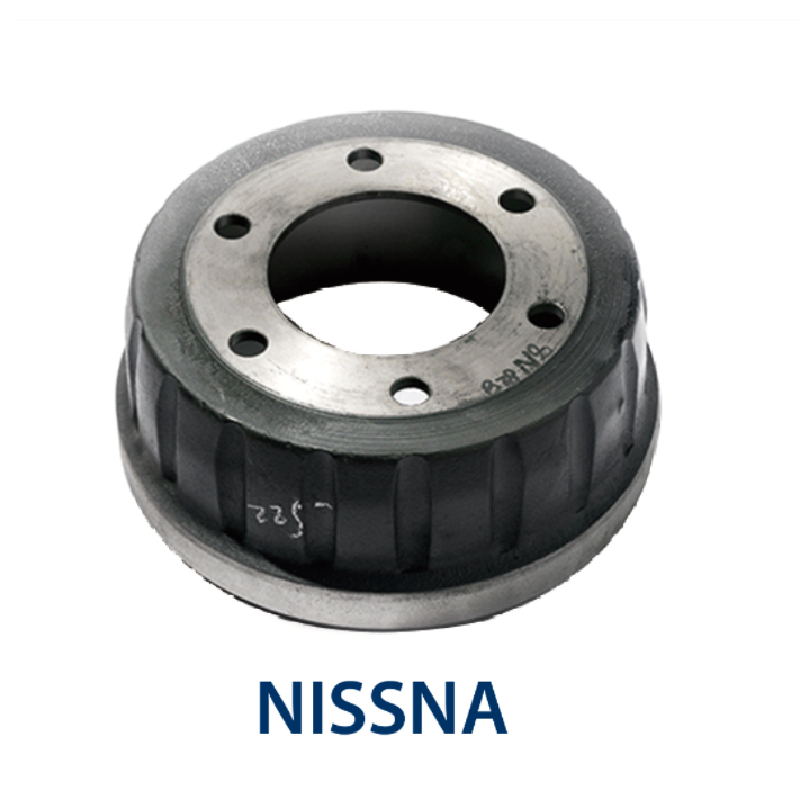Nov . 13, 2024 20:57 Back to list
rear brake drum
Understanding Rear Brake Drums A Vital Component of Vehicle Safety
The rear brake drum is an essential part of a vehicle's braking system, playing a crucial role in ensuring safe and effective stopping power. Unlike disc brakes, which are more common in modern vehicles, drum brakes feature a cylindrical drum that rotates with the wheel. When the brake pedal is pressed, brake shoes are forced outward against the inner surface of the drum, thereby creating friction that slows down the vehicle. This article delves into the functionality, advantages, and maintenance of rear brake drums.
One of the primary advantages of rear brake drums is their ability to provide greater torque. They are particularly effective in vehicles that experience high loads, making them ideal for trucks and heavier cars. Additionally, drum brakes typically offer a more compact design compared to disc brakes, which can be beneficial in terms of space and weight. This makes rear brake drums a popular choice for many manufacturers, especially in the rear wheels of budget-friendly vehicles.
rear brake drum

However, like any mechanical component, rear brake drums come with their own set of challenges. One of the most significant issues is heat buildup. During intensive braking, the friction generated can cause the drums to warp, leading to decreased performance and uneven wear of the brake shoes. Regular inspection and maintenance are crucial to ensure that the brake drums remain in optimal condition. Signs that your rear brake drums may need attention include strange noises during braking, a pulsating sensation in the brake pedal, or a decrease in braking efficiency.
Maintaining rear brake drums involves a few straightforward steps. First and foremost, regular checks for wear and tear are essential. Mechanics typically inspect the drum's surface for smoothness and any signs of cracking or warping. When brake shoes are replaced, it’s crucial to also check the drums, as worn shoes can damage the inner surface of the drum. Furthermore, keeping the drum and surrounding components clean can prevent the accumulation of dust and debris, which may hinder performance.
In summary, rear brake drums are an integral component of a vehicle's braking system that require careful management to ensure safety on the road. While they offer several advantages, including effective torque handling and compact design, they also necessitate regular maintenance to address issues like heat buildup and wear and tear. Understanding the function and upkeep of rear brake drums can help drivers appreciate their importance, promoting safer driving practices and overall vehicle longevity. As with all vehicle parts, proactive attention to the rear brake drums can significantly enhance the performance and safety of a vehicle.
-
HINO Industrial Efficiency-Jiangsu Hino Industrial|Productivity Optimization&Cost Reduction
NewsJul.12,2025
-
HINO-¡Ң���ຽ��е��������˾|Advanced Industrial Solutions&Energy Efficiency
NewsJul.12,2025
-
Premium Brake Drum Iveco – Durable Drum Brake Drum & Brake Shoe Solutions
NewsJul.08,2025
-
High-Performance Brake Drum Liza for Enhanced Safety Reliable Drum Brake Drum & Brake Shoe Solutions
NewsJul.08,2025
-
High-Quality Brake Drum MAZ – Durable Drum Brake Drum & Brake Drum and Brake Shoe for Optimal Performance
NewsJul.07,2025
-
High-Quality Brake Drum Kamaz for Reliable Performance Durable Drum Brake Drum & Brake Shoes
NewsJul.07,2025
